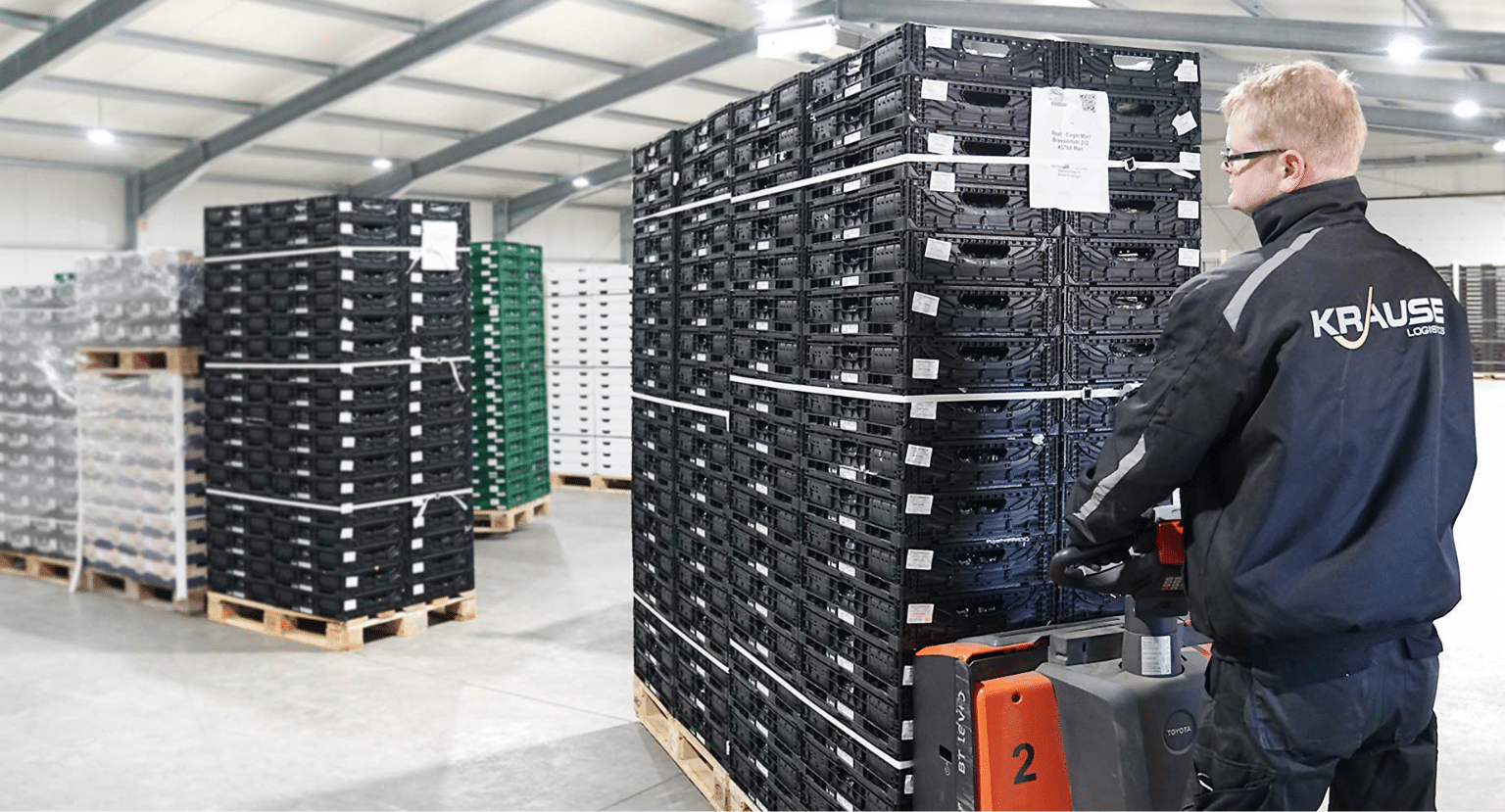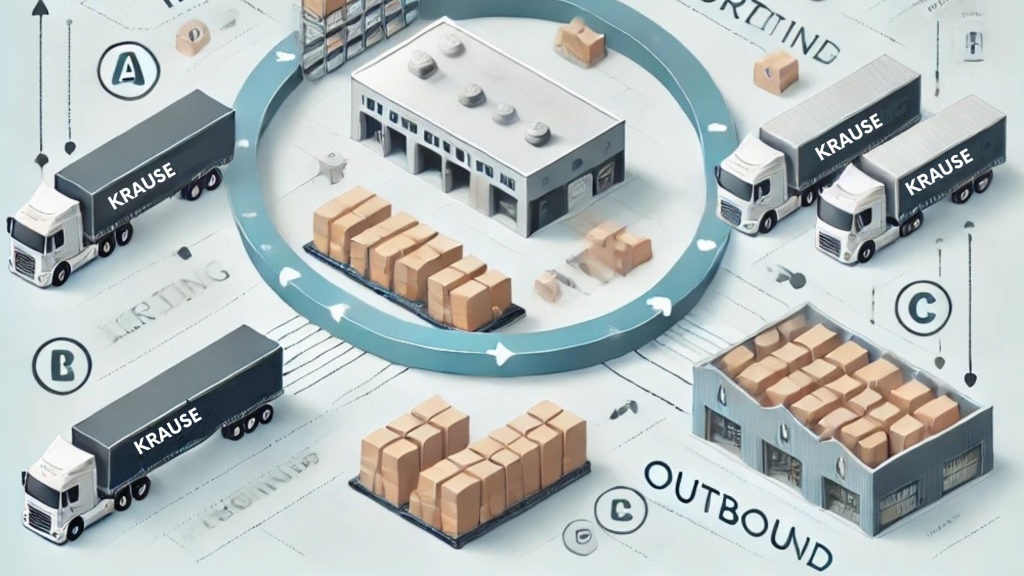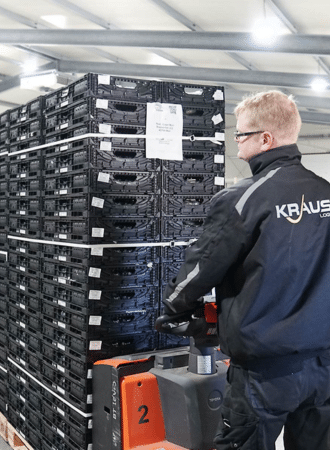
-
932 Views
shares
Cross-docking is a firmly established concept in logistics, often taken for granted. However, effective collaboration requires not only the use of common terms but also a shared understanding among all parties involved.
At its core, cross-docking has several variations, all sharing the same goal: to bypass storage by directly transferring goods and forwarding them to recipients. The key types of cross-docking are:
1. Single-Stage Cross-Docking
In this method, goods are pre-picked into ready-to-ship units by the sender. These units are systematically recorded, labeled, and grouped into shipments before leaving the sender. Ideally, they are marked with standardized NVE/SSCC labels, and the associated data is digitally shared with process participants. At transfer points, timestamps and other relevant information can be accurately recorded for each shipping unit.
2. Two-Stage Cross-Docking
Unlike the first type, goods are not pre-picked when leaving the sender. Instead, they are taken directly to the picking area upon arrival and assembled into shipping units based on orders. Labeling and data recording are integral process steps here. To improve transport efficiency, inbound shipments are often supplemented with stock inventory.
3. Multi-Stage Cross-Docking
This variation involves additional process steps such as quality control (QC), customization, or labeling. It is particularly suited for complex supply chains or specific customer requirements.

Benefits of Cross-Docking
Reduction in Storage Costs
By eliminating storage, space and capital in the warehouse are saved.Inventory Optimization
Cross-docking minimizes excess inventory and promotes demand-driven supply.Fast Turnaround Times
Goods reach their destinations more efficiently and quickly.Efficient Use of Transport Space
Vehicles are optimally utilized, avoiding empty capacities.Minimal Handling
Fewer handling points reduce the risk of damage and loss.
Conclusion:
Cross-docking requires precise planning, close coordination, and stable processes. When implemented effectively, this method not only reduces costs but also enhances flexibility and efficiency in the supply chain.
At Krause Logistics, we specialize in meeting these demands and continuously innovate to optimize processes for our customers. Contact us today to learn how we can help you reduce costs, streamline your supply chain, and achieve your sustainability goals.


